genetics
Latest
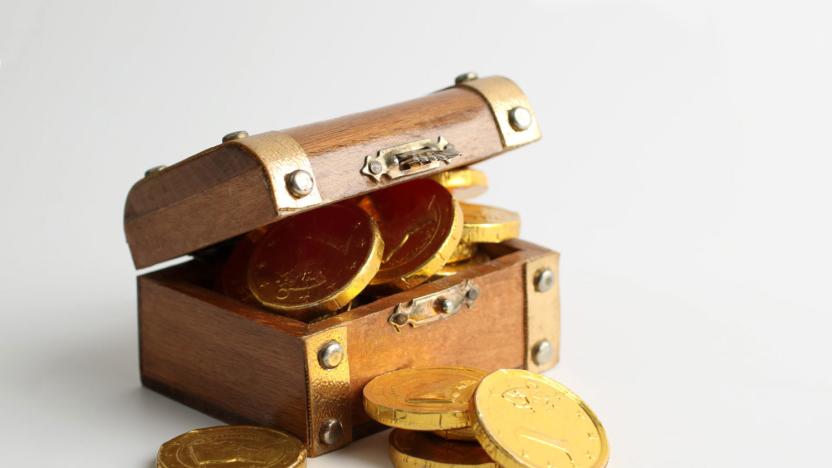
After Math: If I had no loot
It was a week of lost and found fortunes in the tech world. The Feds charged My Big Coin Pay over its $6 million cryptocurrency scam, Netflix is poised to take home as many a four golden statues for Mudbound, Bungie's in hot water again over tweaking its Faction token payouts and Google will be holding onto its $20 million XPrize payout thankyouverymuch. Numbers, because how else would you evenly divvy up the spoils?

Scientists clone monkeys for the first time
Ever since cloning produced Dolly the sheep, scientists have copied a slew of mammals ranging from dogs to ponies. Primates, however, have been elusive -- until now. Chinese researchers have successfully cloned a macaque monkey fetus twice, producing sister monkeys Hua Hua and Zhong Zhong using the same basic method used to create Dolly. The team removed the nucleus from monkey eggs and replaced it with DNA from the fetus, implanting the resulting eggs in female monkeys for them to give birth.
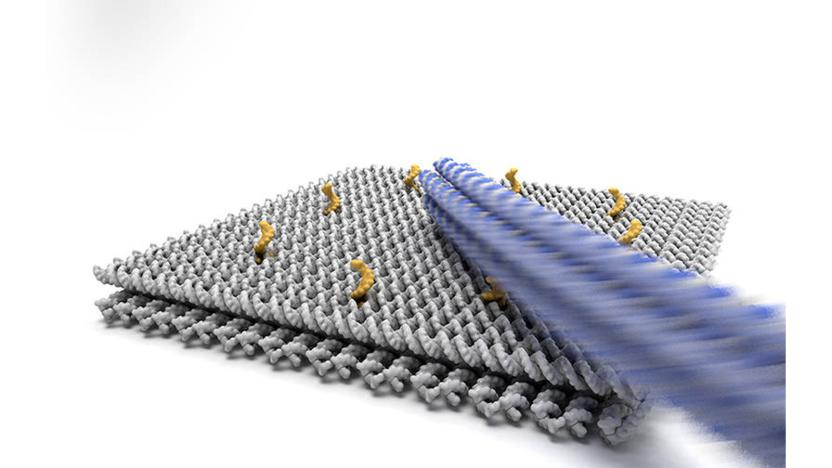
Speedy DNA nanorobot could lead to molecular factories
DNA-based robots promise all kinds of microscopic machinery, but there's a major obstacle: they're slow. Existing designs that use biochemical processes for movement can take hours to shuffle molecules around, which makes them utterly impractical for anything time sensitive. That might not a hurdle for much longer. Scientists have developed a DNA nanorobot (specifically, an arm) that uses electric fields to move a whopping 100,000 times faster than previous examples, even though it's based on straightforward concepts.
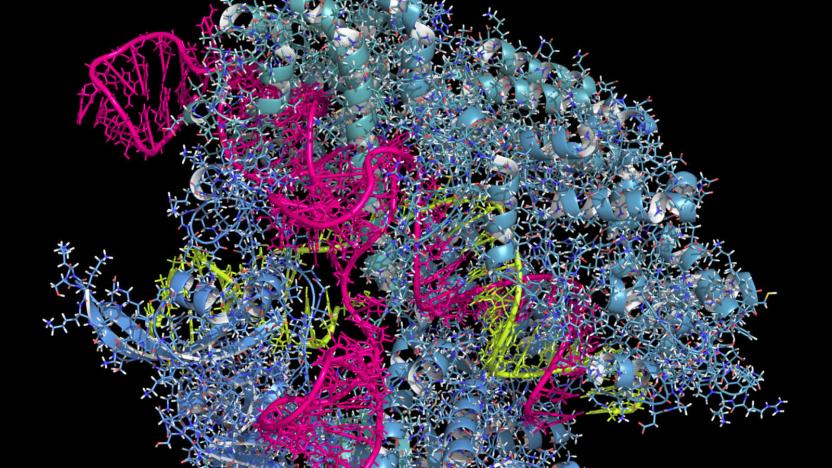
Key CRISPR gene editing methods might not work for most humans
At first glance, CRISPR gene editing looks like the solution to all the world's ills: it could treat or even cure diseases, improve birth rates and otherwise fix genetic conditions that previously seemed permanent. You might want to keep your expectations low, though. Scientists have published preliminary findings indicating that two variants of CRISPR Cas9 (the most common gene editing technique) might not work for most humans. In a study, between 65 percent and 79 percent of subjects had antibodies that would fight Cas9 proteins.

Scientists get closer to replicating human sperm
Scientists have taken an important step forward in recreating the way the human body makes sperm, which could one day mean creating artificial sperm and eggs for infertility treatment. The researchers, from the University of Cambridge's Gurdon Institute, are thought to be the first team to have reached the "halfway point" -- a significant milestone -- on the path between stem cells and immature sperm.

US lifts ban on funding research for gene-modified super viruses
For the past 3 years, the US has maintained a moratorium on backing research that involves genetically modifying viruses to make them more potent, whether it's their ability to spread or their lethality. You can kiss that de facto ban goodbye, however: the government has lifted the restriction in favor of a new review step. Scientists who want to engineer these super viruses will be subject to scrutiny by a "multidisciplinary group" that will consider the intentions and risks, such as whether or not it's "ethically justifiable" and whether or not there are safer methods of accomplishing the same goal.

The world's smallest Mona Lisa is made from DNA
Leonardo da Vinci's Mona Lisa painting isn't actually that big (30 inches tall), but Caltech researchers have found a way to make that seem downright gargantuan. They've used DNA to construct the smallest known Mona Lisa. At several hundred nanometers across, they're roughly as large as a lone E. coli bacterium -- the iconic smile is just 100nm wide. The trick was an adaptation of a DNA "origami" method that got the gene strands to fold and assemble into the right shape.
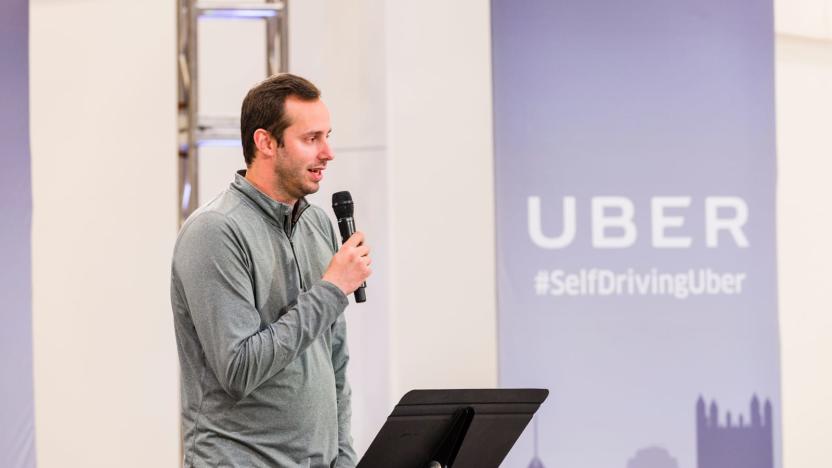
Recommended Reading: The church of AI
Inside the First Church of Artificial Intelligence Mark Harris, Wired You may know Anthony Levandowski from being at the center of Waymo's lawsuit against Uber, but he's also the "Dean" or leader of a new religion of artificial intelligence. Wired takes a look at Way of the Future's doctrine, Levandowski's role and the quest to create the divine AI.

New CRISPR tool alters RNA for wider gene editing applications
The CRISPR gene editing technique can be used for all sorts of amazing things by targeting your DNA. Scientists are using it in experimental therapies for ALS and Huntington's disease, ways to let those with celiac disease process gluten proteins and possibly assist in more successful birth rates. Now, according to a paper published in Science, researchers have found a way to target and edit RNA, a different genetic molecule that has implications in many degenerative disorders like ALS.
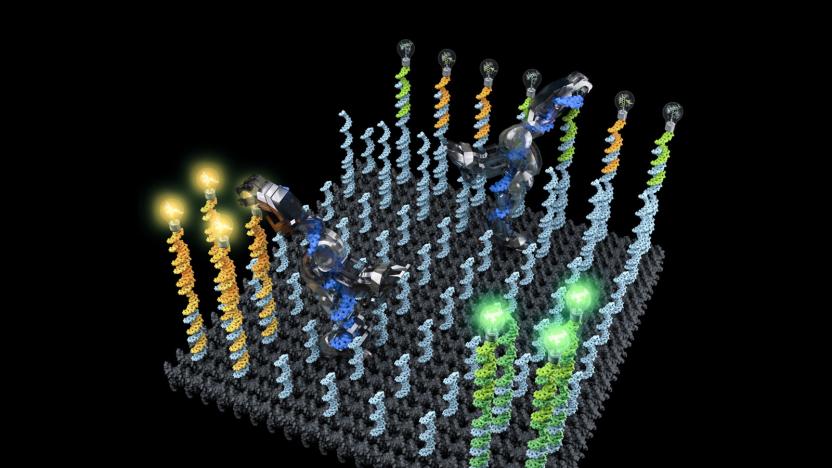
DNA 'robots' could sort molecules in your blood
Robots are already good at sorting things, so wouldn't it be nice if they could sort things out on a much smaller scale? They might soon. Caltech researchers have developed a 'robot' made from a single DNA strand that autonomously picks up molecules and moves them to specific places. It certainly doesn't look like a machine (what you're seeing above is merely representative), it behaves like one. Each segment is a collection of nucleotides that automatically performs a specific task: one segment tells the bot where to go, while separate limbs help it move around and grab molecules.

First FDA-approved genetic therapy fights leukemia
The first gene therapy treatment has been approved for use in the United States. The FDA greenlit a procedure that uses a patient's own cells to combat a particular type of leukemia, but will only permit it for children and young adults up to age 25.

Gene editing technique could treat ALS and Huntington's disease
The most common gene editing technique, CRISPR-Cas9, only modifies DNA. That's helpful in most cases, but it means that you can't use it to tackle RNA-based diseases. Thankfully, that might not be a problem for much longer. After plenty of talk about editing RNA, researchers have developed a new RNA-oriented technique (RCas9) that can correct the molecular errors which lead to diseases like hereditary ALS and Huntington's.
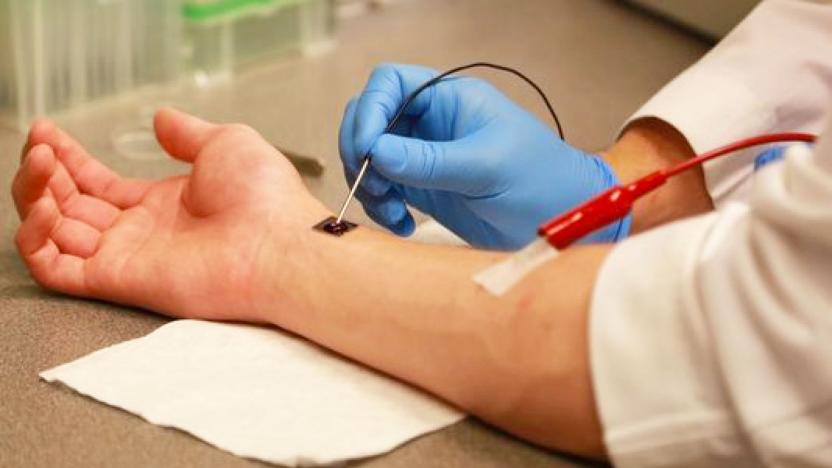
Fingernail-sized chip can repair damaged tissue in seconds
A new device can begin repairing damaged organs in seconds, heralding a major breakthrough for life-saving medicine. Developed at Ohio State University, the technology known as tissue nanotransfection (TNT) uses a small coin-sized silicon chip that "injects" genetic code into skin cells, converting them from one type to another.

Genetic engineering creates an unnaturally blue flower
Blue flowers are rare in nature, and for good reason: the color is usually the result of mutations and quirks of acidity levels rather than an actual blue pigment. That makes genetically engineering a blue flower tricky, since you can't just make a straightforward tweak and expect a garden full of unnatural hues. Scientists have just managed a breakthrough, though. They've produced the first truly blue chrysanthemum (above) by splicing in genes from two naturally blue flowers, the butterfly pea and Canterbury bell. The modifications shifted the plant's acidity level, turning normally reddish pigments to the blue you see above.

Yeast could hold the key to custom-built DNA
Scientists have been playing with DNA for a long time, but now researchers are taking things a step further by building DNA from scratch in a bid to conquer life's blueprint. An international team of 11 labs from four continents are working together to "rewrite" the yeast genome, a project which could reveal the hidden rules that govern the structure of all living things. The controversial work, headed up by New York University, aims to enable scientists to create custom-made DNA codes. These could then be placed into living cells, changing how they function and giving valuable insight into disease. Much further down the line, scientists may even be able to create entirely new organisms. The right adjustments could also make yeast create new, efficient biofuels.

Helix wants to build a marketplace for your DNA
There are secrets buried deep within our genetic code, and more than a few companies that want to help you learn them. Helix believes that the gaggle of startups vying for your DNA have a problem: they all need an individual sample to use. That's why the company is positioning itself as a marketplace where you take a single DNA swab, and then it shares the information with whoever you choose.

Scientists revive an extinct virus using off-the-shelf DNA
It's no longer far-fetched to synthesize a basic organism. However, a team of researchers has taken that work one step further. They recently reconstituted and reanimated an extinct virus, horsepox, using DNA they'd ordered via mail. The team stitched together multiple gene fragments (each with about 30,000 base pairs) into the complete 212,000-pair horsepox genome and inserted it into cells already infected with a different pox, bringing the inanimate virus to life. It's clever work, especially given the relative complexity of a pox virus compared to earlier efforts, but it's also a double-edged sword -- it could at once provide a breakthrough in medical research and pose a potential threat.
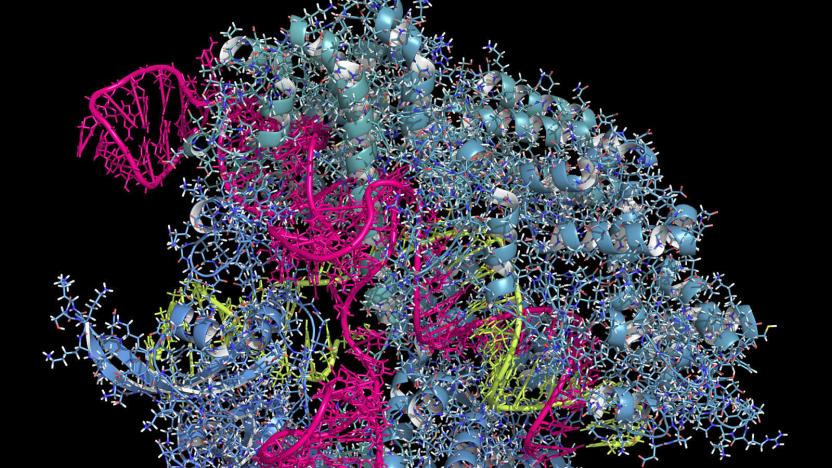
Atomic 'photos' help make gene editing safer
Believe it or not, scientists haven't had a close-up look at CRISPR gene editing. They've understood its general processes, but not the minutiae of what's going on -- and that raises the risk of unintended effects. They'll have a much better understanding going forward. Cornell and Harvard researchers have produced snapshots of the CRISPR-Cas3 gene editing subtype (not the Cas9 you normally hear about) at near atom-level resolution. They used a mix of cryo-electron microscopy and biochemistry to watch as a riboprotein complex captured DNA, priming the genes so the namesake Cas3 enzyme can start cutting. The team combined hundreds of thousands of particles into 2D averages of CRISPR's functional states (many of which haven't been seen before) and turned them into 3D projections you can see at the source link.

Scientists take a big step toward creating custom organisms
Scientists dream of using custom organisms to fight illnesses or even build computers, but there's a problem: it's difficult to make the sweeping genetic changes that would give you exactly the lifeform you need. To that end, researchers have found a way to rewrite "large stretches" of genomes with synthetic DNA. The team modified salmonella bacteria by using step-by-step recombineering (that is, exchanging sequences between similar pieces of DNA) to patch in yeast-grown genes that were "amplified" to boost their quality. The result was salmonella with 1,557 replacements spread across 176 genes -- a huge change for a relatively simple organism.

DNA in dirt can reveal where human ancestors lived
When you want to know where humans have lived, you typically look for direct signs like bones or buildings. But that's not always easy, especially with hominid ancestors who didn't exactly leave an abundance of remains. Thanks to a new genetic research technique, however, those obvious clues won't be necessary -- you'll just need some dirt. Scientists have discovered that they can obtain ancient DNA from soil by effectively luring it out and creating matches.






